The Little Book of Stock Market Profits: The Best Strategies of All Time Made Even Better
$11.83
| Author(s) | |
|---|---|
| Format |
|
| Pages |
218 |
| Publication Year |
2012 |
Based on a foundation of academic research, The Little Book of Stock Market Profits explains how to build long-term wealth in the equity markets. The book focuses on investment strategies that will help an investor prudently navigate the market regardless of its level of volatility. Each chapter focuses on a specific means of selecting stocks that can potentially generate alpha, or the value that a professional investor adds to a fund’s return. Alpha is the white whale of the investment business. It is what professional investors devote their careers to discovering. Quite simply, the search for alpha is a quest to find a means of selecting stocks that will generate performance greater than the level of risk borne. The search for alpha is not so much trying to find a free lunch in the equity markets, as much as it is the art of using statistics to identify groups of stocks that will beat the market.
Author’s Introduction:
The Little Book of Stock Market Profits identifies and analyzes the major methods documented by finance researchers that can be used by investors to generate alpha. My book draws upon the survey of over 650 research papers published over the past 20 years that are summarized in The Handbook of Equity Market Anomalies also published by John Wiley & Sons (2011). In The Little Book of Stock Market Profits, I synthesize, explain, and interpret the cutting-edge academic research relevant to equity investing and combine it with my own insight gained as a portfolio manager. If implemented correctly, the information in this book could help you beat the market. Here is a breakdown of what’s discussed in each chapter:
- Chapter 1 examines how best to use sell-side analyst recommendations in an investment process. The answer is counterintuitive, but nonetheless powerful.
- Chapter 2 asks whether it makes sense to tilt a portfolio toward smaller cap stocks. The results are not what conventional wisdom indicates.
- Chapter 3 explains how earnings estimates can generate alpha. I have been using earnings estimate revisions as a source of alpha for more than a decade and a half and am a firm believer in their efficacy.
- Chapter 4 looks at whether price momentum can be used to identify stocks that will outperform the market. New research indicates that if you are not entering a recession, price momentum can be a very effective tool.
- Chapter 5 is about piggybacking. We look into whether piggybacking on the trades of insiders can help increase returns. It seems reasonable that if the CEO of a company is buying his own stock, that perhaps you should as well.
- Chapter 6 covers the signaling effects of net stock issuance activity. Hopefully, by the end of this chapter you will agree with Groucho Marx and pass on the next IPO offered to you but embrace a company engaging in a stock buy-back.
- Chapter 7 shows that excess returns may be generated by focusing on the quality of earnings a company generates. The biggest challenge is whether the results have already been arbitraged away by professional investors.
- Chapter 8 illustrates the importance of using valuation metrics in trying to find stocks with positive alpha. It appears that Graham and Dodd’s insights were eerily prescient.
- Chapter 9 focuses on a phenomenon called post-earnings announcement drift and illustrates how an investor can use earnings surprises to generate returns that are higher than one would expect, given the risk being taken.
- Chapter 10 looks into whether seasonal timing strategies can beat the market. Generally, I tend to discount market-timing strategies, but the results may be very interesting to futures traders.
- Chapter 11, the last chapter, examines the creation of multi-factor models that can generate excess returns. One of the multiple-factor models works better among growth stocks, while the other is more appropriate for value investing.
Contents:
- The Crystal Ball of Wall Street
- Size Matters
- Once More Unto the Breach
- The Big Mo
- The Inside Story
- Song of the Shares
- Cash Is King
- It’s Worth What?!
- Earnings Surprises: The Gift that Keeps on Giving
- A Time to Plant and a Time to Reap
- The More the Merrier
The Little Book of Stock Market Profits: The Best Strategies of All Time Made Even Better By Mitch Zacks pdf
9 reviews for The Little Book of Stock Market Profits: The Best Strategies of All Time Made Even Better
Clear filtersOnly logged in customers who have purchased this product may leave a review.

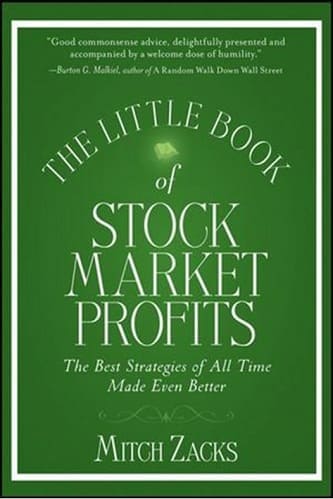

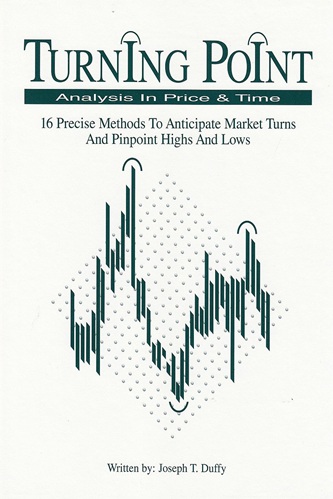
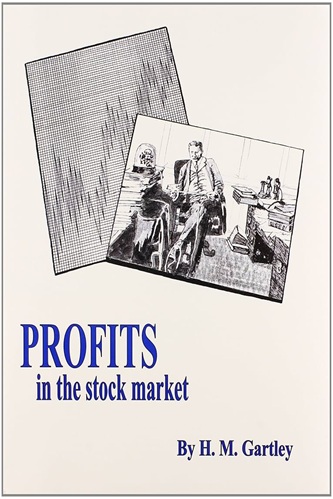
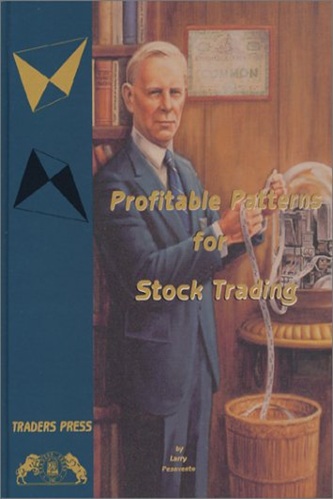
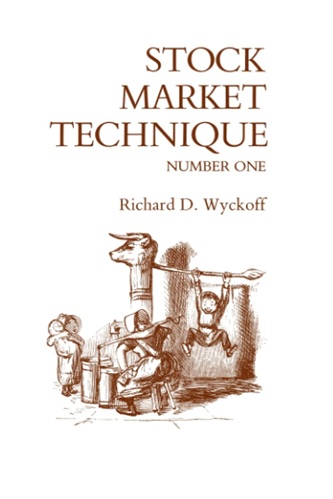
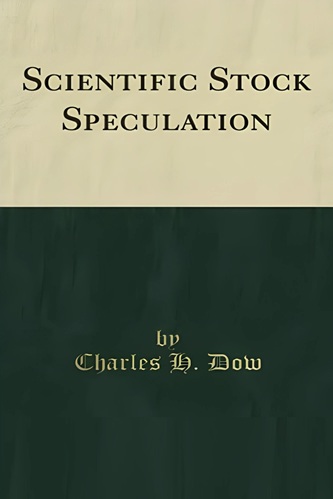

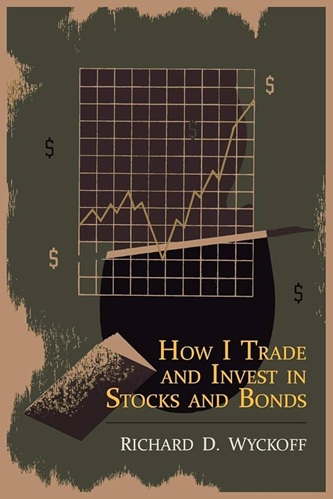
Hendrix Casey (verified owner) –
An overall snapshot of many different things within the investment world….a good large brush primer.
Yamileth Zhang (verified owner) –
i used to not know which value stock to pick. But now i pick the value stock with most insider trading
Baylor Yoder (verified owner) –
Worked as expected
Sylvia Harmon (verified owner) –
His first book “Ahead of the Market” was excellent, and I looked forward to this one. But the Tweedy Browne website offers a free booklet entitled “What Has Worked In Investing” which covers more ground, better. Particularly weak was the chapter on Value Investing. Buy “Ahead of the Market”, give this one a pass. Sorry, Mr. Zacks.
Paisley Todd (verified owner) –
Easy to read and detailed enough for a thorough understanding. The “piggy backing” technique has been exploited for several years now by a company called Idayo. I saw them at the Las Vegas money show and they basically do all the research and work for you (for a not-so-modest fee, of course).
I prefer high returns with a no-loss guarantee.
Emerie Hughes (verified owner) –
This book is really great at getting to the heart of both conservative and higher- risk investing. It’s a great guidebook for beginners in trading as well as offering interesting paths and examples to those more seasoned in the art. It’s good reading either way, especially in this day and age.
Roberto Cantrell (verified owner) –
I happen to think the author is intelligent and knowledgeable. This becomes clear from the way he describes anomalies and his even-handed approach to evaluating the pros and cons. However, the book is lacking in several aspects. First, it is truly a tiny book. About 5″x7″ hardcover. This makes its awkward to hold physically and hard to read when each line of text contains only about 6-7 words. So you get 200 of these tiny pages, but only about 40 are needed. For some reason, the author tends to repeat general concepts throughout each chapter instead of progressing to more detailed or advanced topics. As an example, the chapter on insider trading mentions that insider buying is more predictive than insider selling. This fact is repeated over and over and over again — each time presented as if a brand new assertion was being made. This style quickly becomes tiresome. Poor editing, padding, sheer lack of material — I’m not sure which. I just wish this already-condensed book was either condensed more (made shorter) or expanded to include useful data. As it is, there are countless references to historical trading strategy studies, but *none* of them are footnoted.
Overall, the topics Zacks presents are all worth knowing/learing as a trader. And I can’t disagree with anything he says in the book. But in terms of efficiency and usefulness, it’s not what it should be in my opinion.
Juniper Welch (verified owner) –
This fairly short book is a very decent introduction to stock market anomalies. It discusses several anomalies and then attempts to explain why they may work. It also looks into whether each anomaly may be the result of data-mining. One of the tests it uses on most of the anomalies is “does it also work on non-US markets” which is an excellent way to sort out the wheat from the chaff.
Those expecting to be introduced to one or more anomalies that outperform the market by wide margins are likely to be extremely disappointed. The ones that are judged to be authentic outperform the averages by perhaps a couple of percent a year. Other ones outperform by wider margins but these are before commissions, liquidity and bid-ask spreads are considered which since most involve illiquid stocks will likely eat up much of the outperformance. Also, the author points out several anomalies that may have been authentic and powerful but apparently were arbitraged away by the markets within a few years of being first written about.
In the end, far from coming away with all-time “best strategies” that handily beat the averages, one is left with a few strategies that slightly beat the market. It’s almost a book that supports passive investing by default. As he states in the video interview below, the market is “brutally efficient”. Credit however goes to the author for not over-hyping the anomalies discussed in the book even if the title does.
Everett Palmer (verified owner) –
The little book brings the basis back to me and helps me to not make the common mistakes that I did when I was a beginner.